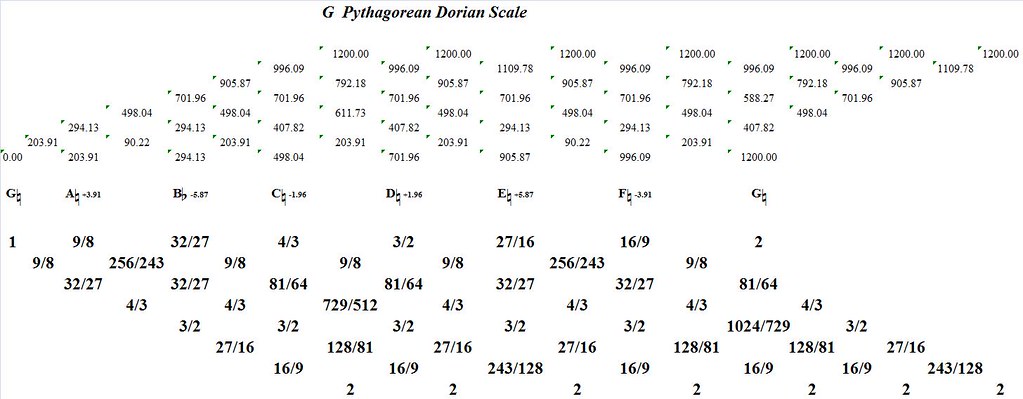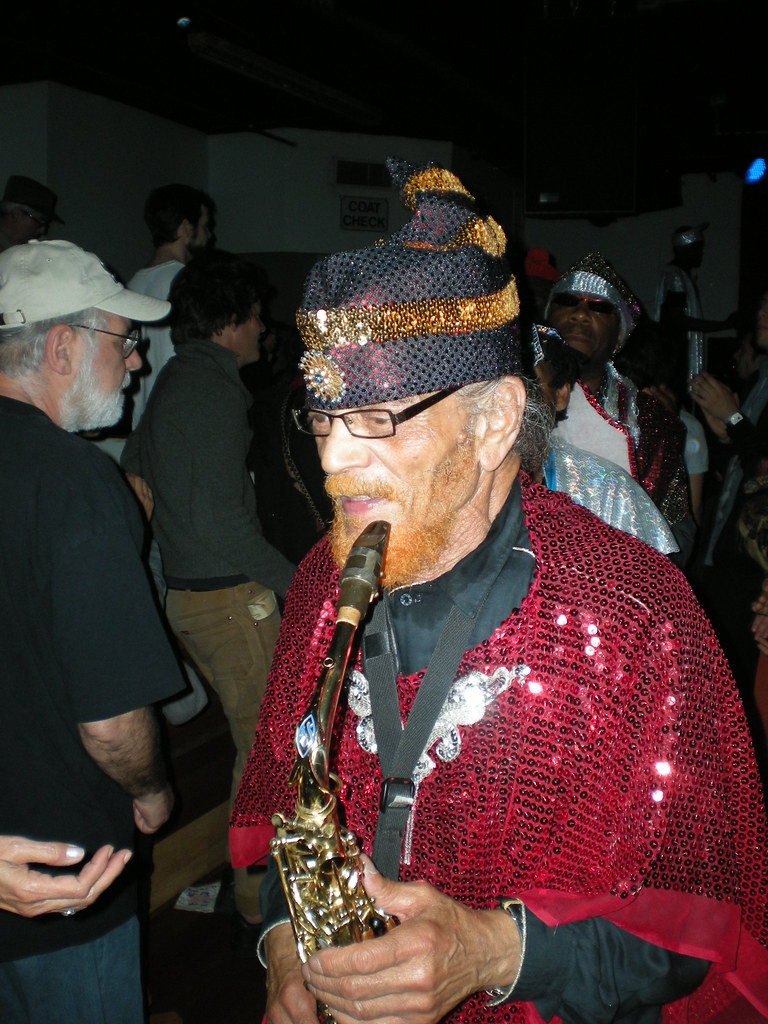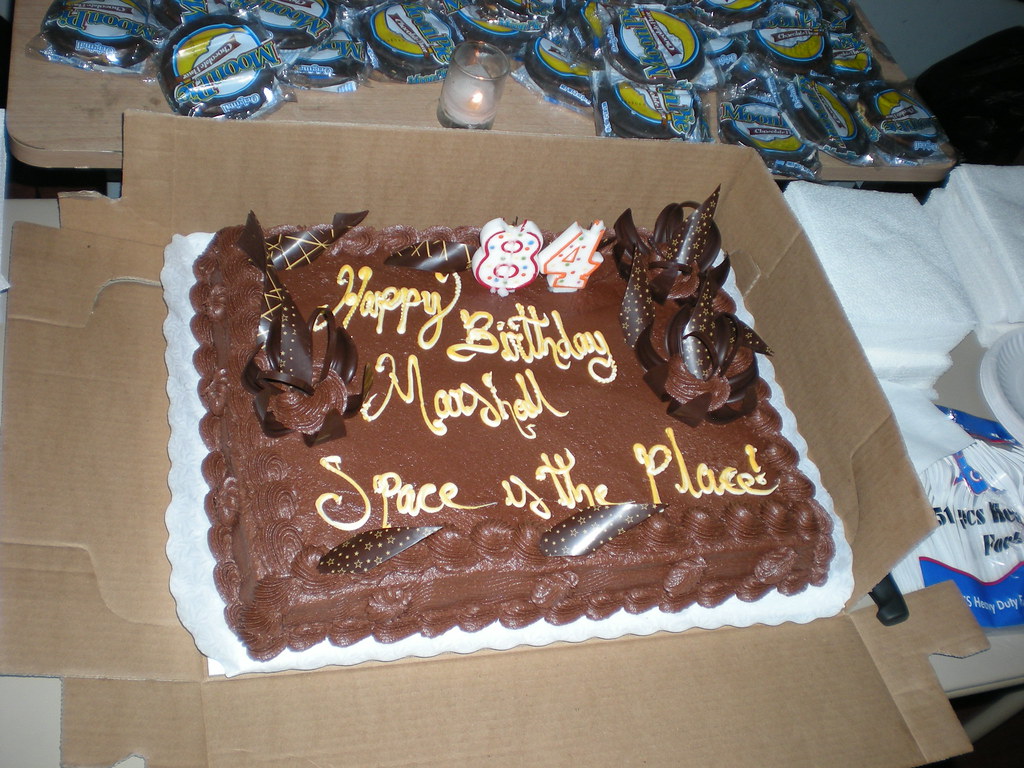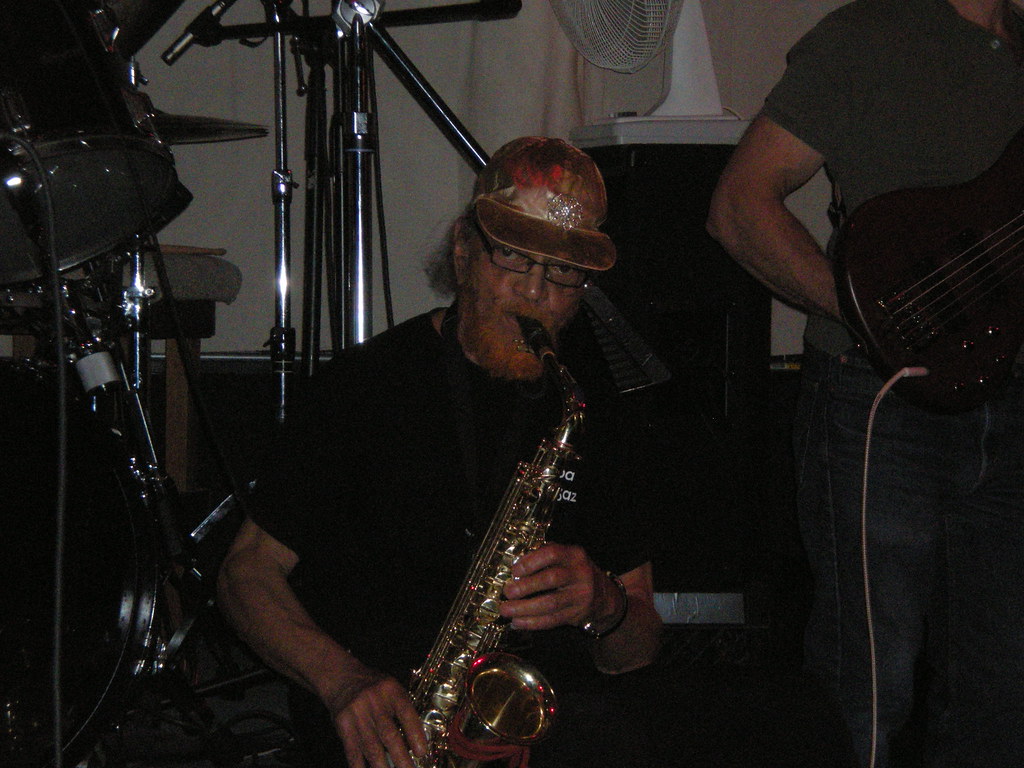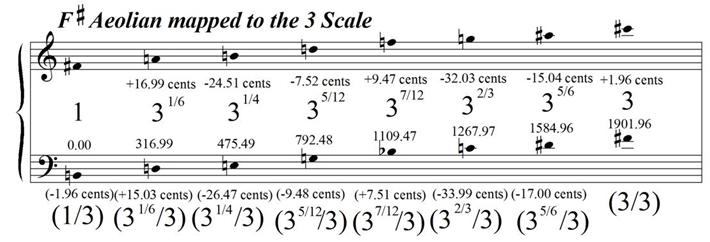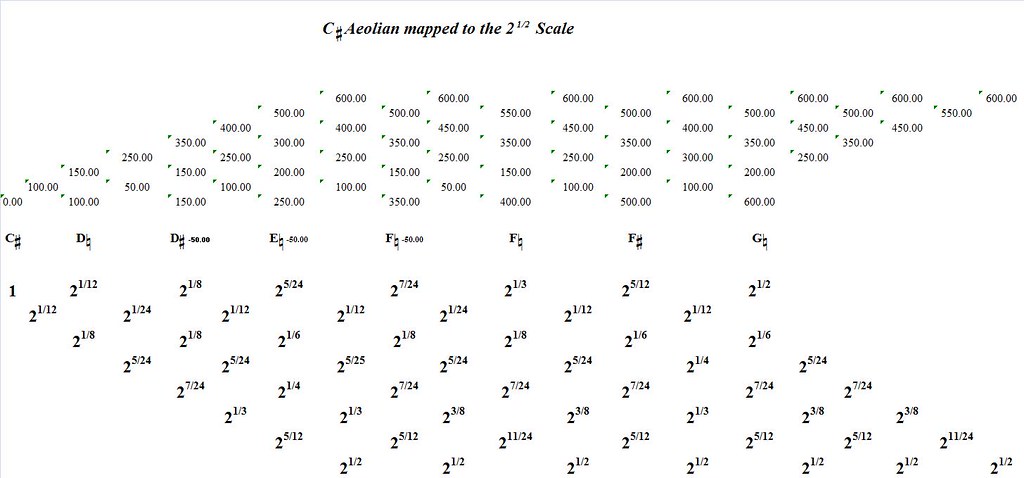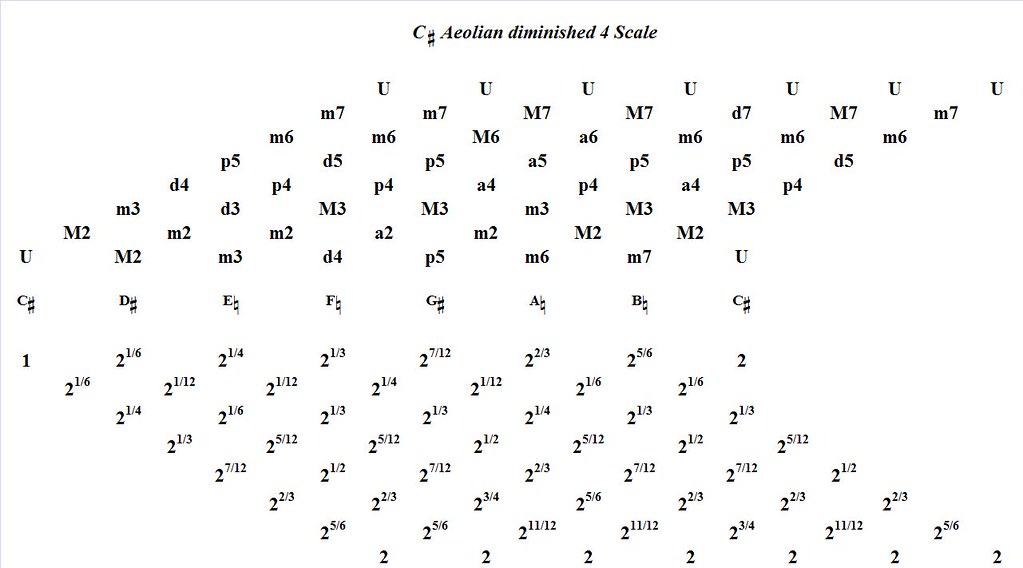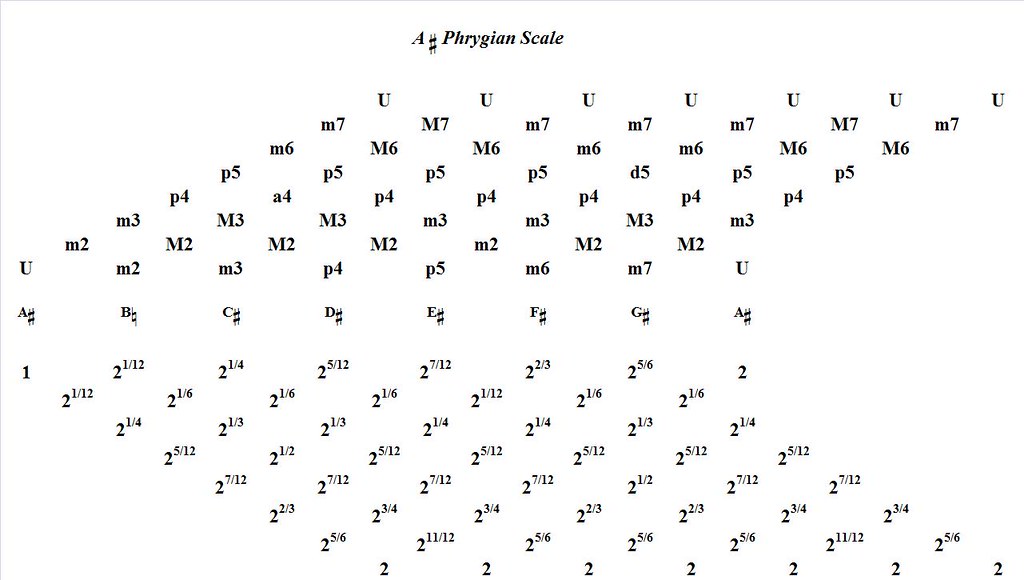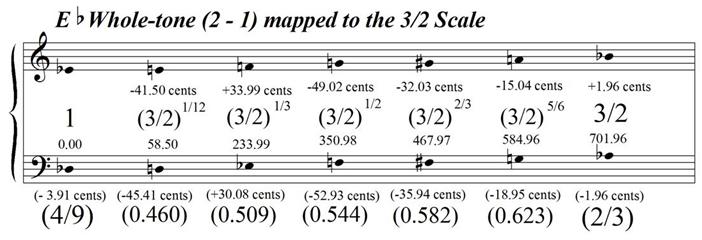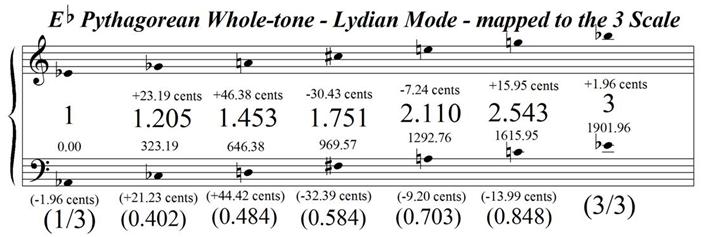 Mobtown Modern
Mobtown Modern @
The Contemporary Museum, Baltimore, MD
Friday, May 9, 2008
Not so Much: Minimalish Music
Music In Similar Motion (1969) -
Philip GlassKatayoon Hodjati: flute
Jennifer Everhart: bass clarinet
Brian Sacawa: soprano saxophone
Phil Kiamie: marimba
Erik Spangler: laptop, KP3
Vermont Counterpoint (1982) -
Steve ReichKatayoon Hodjati: piccolo, flute, alto flute
The Low Quartet (1985) -
Michael GordonBrian Sacawa: baritone saxophone
Christopher Blossom: baritone saxophone
Jacob Chmara: baritone saxophone
Michelle Acton: baritone saxophone
Honest Music (2002) -
Nico MuhlyLisa Liu: violin
In C (1964) -
Terry RileyLisa Liu: violin
Katayoon Hodjati: flute
Jennifer Everhart: bass clarinet
Brian Sacawa: alto saxophone
Phil Kiamie: marimba
Shodekeh: beatboxer
Erik Spangler: KP3
The additive, unison lines of
Music In Similar Motion with a twist. A new arrangement with a
Kaoss Pad in the mix. Video accompaniment. A performance space dressed up with candles and a modest bar. At the core of the sound is the familiar minimalist classic by Philip Glass at his most essential, static self. But there is this thoughtful, attentive re-interpretation added to the experience. It is an attractive sound that has evolved from the loft spaces of Greenwich Village of the late 1960's and found a new shape at the Contemporary Museum of Baltimore's Mount Vernon neighborhood.

At one time the Minimalist movement was regarded as a revolt against the academic serialist composers that dominated the academic institutions as they fiercely guarded and promoted their vision of the "music of the future." But the future proved too slippery to be neatly transitioned into its "logical" post-tonal era. The minimalists never claimed to hold the mantle of the "future of music" even as the steady pulse and clear tonal centers eventually eroded the core tenants of that fabled post-tonal era. Change and transition became more precious as a scarce commodity within this music. The beauty of audible process - of phasing and layering - became a focal point for a generation of composers learning to trust their ear and instinct.
Now the minimalist works of Glass and Reich are proving to be resilient as details emerge with renewed interpretations. The battle for the "future of music" has been fought to a draw and the aesthetic landscape is now marked with several minimalist masterpieces worth revisiting. The understanding and passion applied to this music by Mobtown Modern shows off its strength in re-arranging and re-shaping classic contemporary works. With a smart sequence of pieces making up the "minimalish" program the evening proved to be a heady mash-up of familiar works recast to startling effect.
Possibly the most resilient, and most re-interpreted minimalist work is Terry Riley's
In C. The unspecified instrumentation, the blissful embrace of static tonal harmony and steady pulse combined with the expansive freedom of 53 short cells sequentially and individually explored by the performers has allowed this piece to thrive in many contexts. The Mobtown Modern eschewed the temptation to pile on thick layers of sound in favor of a balanced, multi-textured take that allowed the individual layers to evolve with sharp clarity.

The addition of Shodekeh's human beatboxing proved to be a fresh update on the pulsing high piano C's that typically serve as the ensemble's metronome for this piece. The Mobtown Modern also chose to unfold
In C with a tight forward momentum as opposed to lingering for long stretches within the trance-inducing innards of this piece.
Katayoon Hodjati's performance of
Vermont Counterpoint hit upon the electric qualities of this piece as a live work as she negotiated multiple changes between piccolo, flute and alto flute while playing against a prerecorded backdrop of multi-tracked flutes. This is the first re-interpretation of this work I've heard since encountering the original Ransom Wilson recording and I was pleasantly surprised by the differences in dynamics and tempo used for this performance.
The one piece on the program unfamiliar to me was
Honest Music by Nico Muhly. A beautiful work performed by Lisa Liu on violin against a prerecorded track. As my first exposure to the music of Muhly I was left intrigued. The recorded accompaniment was relatively sparse and consisted of short gestures that melded with or helped punctuate the live violin sound.
Michael Gordon takes the attractive textures of minimalism and puts a decidedly more dissonant edge to it. With the
Low Quartet he brings this music to a satisfyingly primal level that comes through in this all baritone saxophone arrangement. With equal attention to sonic color and groove the Mobtown made their hit and allowed the rich detail of this piece speak for itself.




